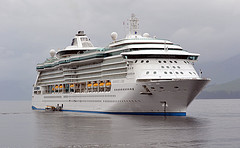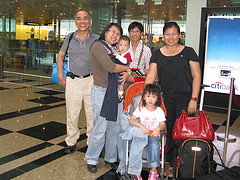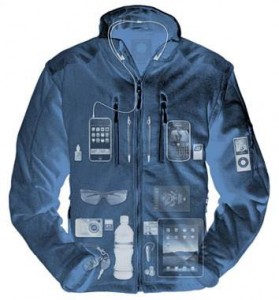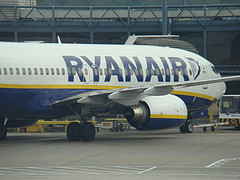 Motion sickness is the result of a simple conflict between your bodily senses and the motion you are currently experiencing. When signals received by the eyes don’t match those being understood by your inner ear (the center of balance in the human body), motion sickness occurs. For example, if you’re in the cabin of a cruise ship, your inner ear will sense the movement of the boat, but your eyes don’t register that movement. The effect is the same if you’re reading in a traveling car.
Motion sickness is the result of a simple conflict between your bodily senses and the motion you are currently experiencing. When signals received by the eyes don’t match those being understood by your inner ear (the center of balance in the human body), motion sickness occurs. For example, if you’re in the cabin of a cruise ship, your inner ear will sense the movement of the boat, but your eyes don’t register that movement. The effect is the same if you’re reading in a traveling car.
Symptoms of Motion Sickness
You’re probably very familiar already with the symptoms of motion sickness, which include:
- paleness of the skin
- nausea
- sweating
- and ultimately vomiting
Some people are more prone to motion sickness than others and cars, boats, trains, taxis, and planes are all triggers of motion sickness. Children between 2 and 12 are more susceptible to motion sickness while infants and toddlers are relatively immune to it. Most individuals, given enough stimuli, will experience motion sickness in the right conditions.
Preventative Measures for Motion Sickness
It’s no fun being on a cruise ship or tour boat on your trip and suffering from motion sickness, but there are a number of preventative measures people can take to avoid motion sickness, including:
- Have a light meal before you travel (empty and very full stomachs react worse to motion sickness)
- Consider over-the-counter aids, including patches,wrist bands, pills, and nasal sprays
- Have club soda and light crackers on hand to settle your stomach
Also, if you notice a feeling of nausea, put down the book or craft project, focus out the window or on the horizon and take slow, deep breaths. This can often still the immediate sensations, ‘re-set’ your body’s awareness of the motion, and calm the motion sickness.







